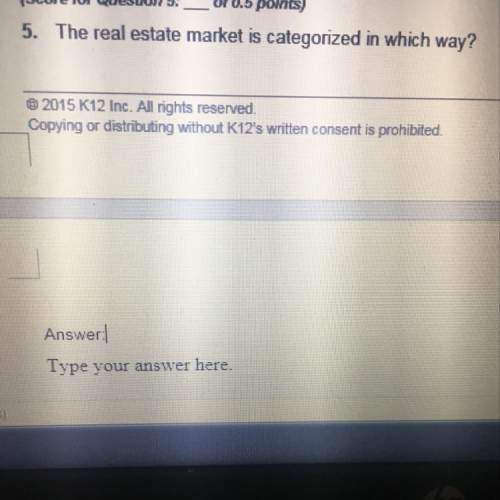
Business, 17.04.2020 22:17, angelinailiff8531
Becca is a manager in the credit department for 3STAR Motors. Joe Greene is a new employee in her department. While Joe has been learning his job, Becca has provided him with guidance by offering advice, encouragement, and instructions. However, she is careful to let Joe do the actual work, even if he struggles a bit. Becca's approach to getting Joe up to speed indicates that she is:
a. coaching Joe rather than helping him
b. helping Joe rather than coaching him
c. all of the above
d. none of the above

Answers: 1
Other questions on the subject: Business

Business, 22.06.2019 03:00, JadaaJayy
Insurance companies have internal controls in place to protect assets, monitor the accuracy of accounting records and encourage operational efficiencies and adherence to policies. these internal controls are generally of two types: administrative controls and accounting controls. administrative controls are the policies and procedures that guide the daily actions of employees. accounting controls are the policies and procedures that delineate authorizations of financial transactions that are done, safeguard assets, and provide reports on the company’s financial status in a reliable and timely manner. internal controls should include both preventative and detective controls. the purpose of preventative controls is to stop problems and errors before they occur. detective controls identify problems after they have occurred. preventative controls are usually more effective at reducing problems, but they also tend to be more expensive. internal controls must be flexible to adjust for changes in laws and regulations in addition to adding new products or modifying current ones. companies must also do regular analyses to ensure that the benefits of implementing the controls are worth their costs. when concerned about paying unwarranted insurance claims which type of control would be useful?
Answers: 2

Business, 22.06.2019 05:20, alexandroperez13
Carmen co. can further process product j to produce product d. product j is currently selling for $20 per pound and costs $15.75 per pound to produce. product d would sell for $38 per pound and would require an additional cost of $8.55 per pound to produce. what is the differential revenue of producing product d?
Answers: 2

Business, 22.06.2019 11:50, vdirectioner7634
The basic difference between macroeconomics and microeconomics is that: a. microeconomics looks at the forest (aggregate markets) while macroeconomics looks at the trees (individual markets). b. macroeconomics is concerned with groups of individuals while microeconomics is concerned with single countries. c. microeconomics is concerned with the trees (individual markets) while macroeconomics is concerned with the forest (aggregate markets). d. macroeconomics is concerned with generalization while microeconomics is concerned with specialization.
Answers: 3

Business, 22.06.2019 12:00, lyn36
In mexico, many garment or sewing shops found they could entice many young people to work for them if they offered clean, air conditioned work areas with high-quality locker rooms to clean up in after the work day. typically, traditional garment shops had to offer to get workers to apply for the hard, repetitive, and somewhat dangerous work. a. benchmark competitive wages b. compensating differentials c. monopoly wages d. wages based on human capital development of each employee
Answers: 3
Do you know the correct answer?
Becca is a manager in the credit department for 3STAR Motors. Joe Greene is a new employee in her de...
Questions in other subjects:

Chemistry, 02.10.2020 15:01







Chemistry, 02.10.2020 15:01

English, 02.10.2020 15:01







